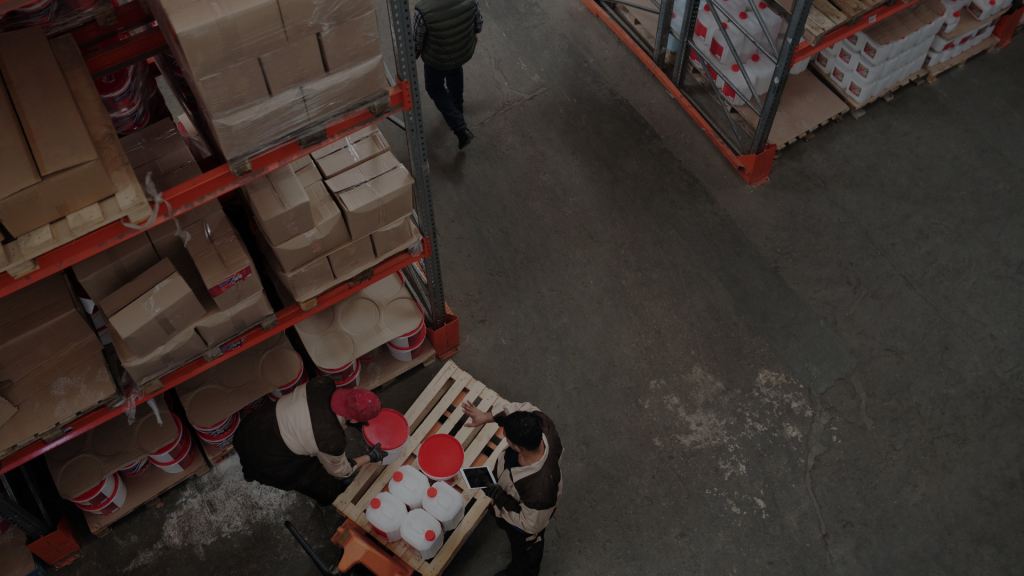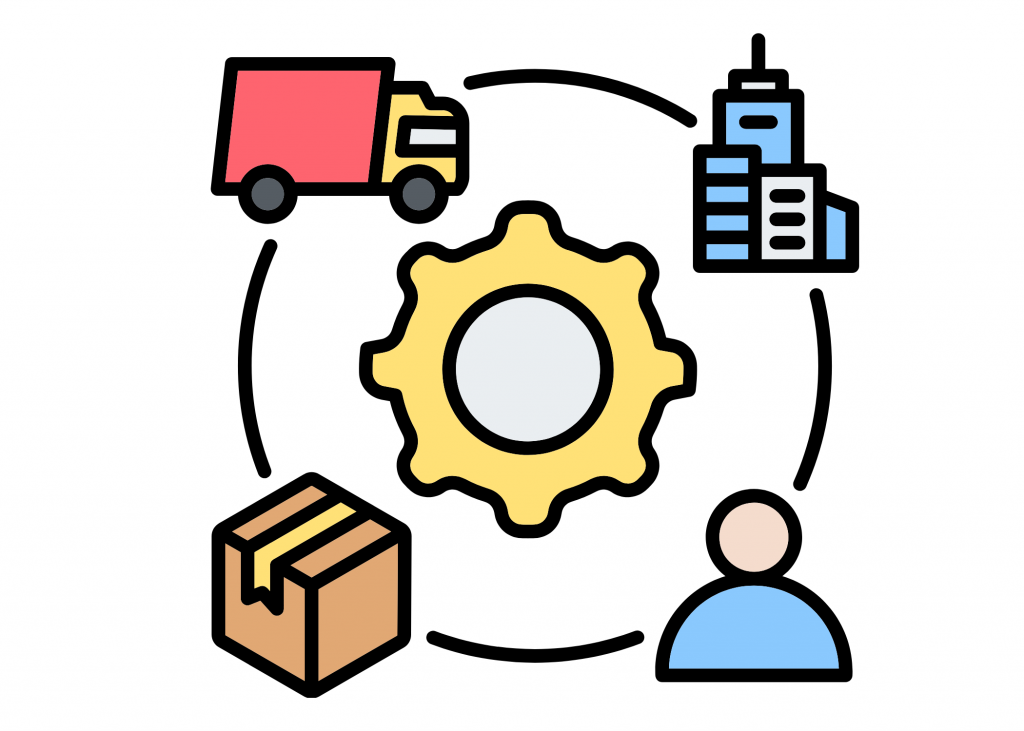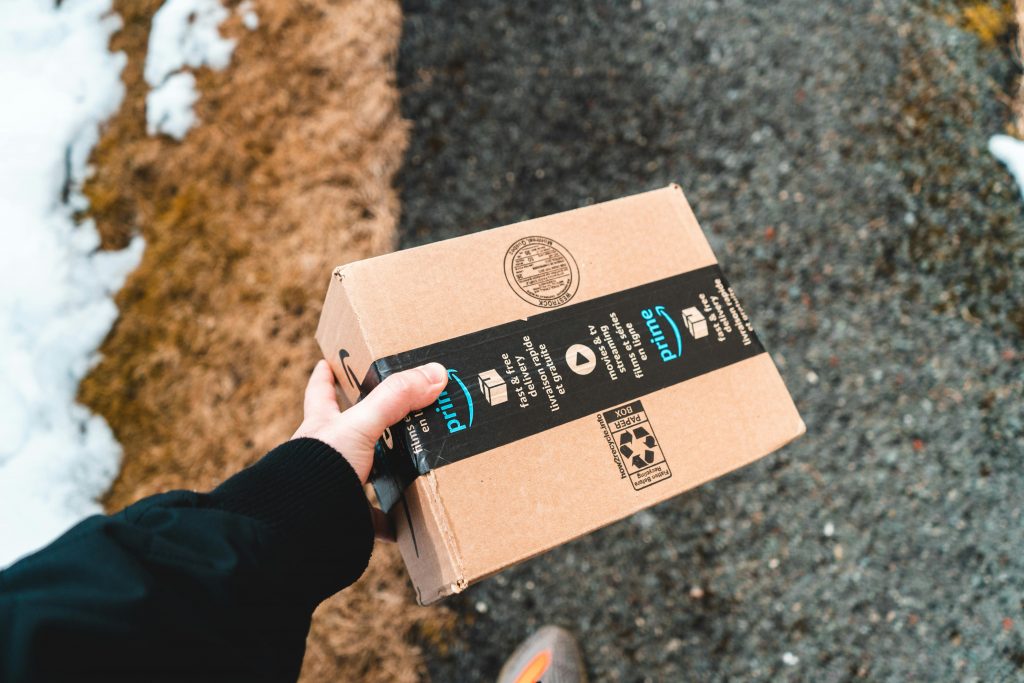
Comparing the Costs of a 3PL vs In-House Logistics
As businesses scale, the complexity of logistics increases. One major decision many companies face is whether to manage logistics in-house or outsource to a third-party logistics provider (3PL). While cost is only one of many factors in this decision, it’s often the most influential. A comprehensive comparison of the costs involved in 3PL vs in-house logistics can help determine the most financially sound option for your business.
Let’s break down the key cost components for each approach.
In-House Logistics Costs
Managing logistics internally gives businesses complete control over their supply chain, but it also comes with significant fixed and variable expenses. These include:
1. Warehouse Infrastructure
Leasing or purchasing warehouse space can be one of the largest upfront costs. This includes:
-
Rent or mortgage payments
-
Utilities
-
Insurance
-
Security systems
-
Maintenance
Even small warehouses require significant investment, and larger operations might need multiple facilities in strategic locations, which increases overhead.
2. Labor Costs
Running an in-house logistics operation means hiring staff for:
-
Warehousing and inventory management
-
Fulfillment and packing
-
Shipping coordination
-
Returns and customer service
-
Management and supervision
Labor costs include salaries, benefits, overtime, training, and HR overhead. In high-demand periods, staffing flexibility can become a challenge and may require temporary labor at premium rates.
3. Technology Investment
To efficiently manage inventory, fulfill orders, and track shipments, businesses need software such as:
-
Warehouse Management Systems (WMS)
-
Transportation Management Systems (TMS)
-
Order Management Systems (OMS)
These systems often require a substantial upfront investment, ongoing maintenance, and dedicated IT support.
4. Shipping and Freight
Businesses managing logistics in-house must negotiate their own rates with carriers. Without the volume discounts available to large-scale logistics providers, businesses may pay higher per-shipment costs.
Also, shipping coordination takes time and manpower, and mistakes can lead to costly delays or returns.
5. Inventory Management & Shrinkage
Inventory accuracy is critical, and errors can result in lost sales or increased holding costs. Holding excess inventory ties up capital and increases the risk of shrinkage due to theft, damage, or obsolescence.
3PL Logistics Costs
Third-party logistics providers charge for the services they deliver, often through a mix of usage-based and fixed pricing models. Here’s how their costs typically break down:
1. Storage and Fulfillment Fees
3PLs charge fees based on:
-
Storage space used (usually by cubic foot or pallet)
-
Pick and pack fees (per order or per item)
-
Receiving fees (for inbound shipments)
While these fees vary by provider, they are generally scalable—meaning businesses pay for what they use, not for underutilized space or idle labor.
2. Shipping Costs
3PLs often negotiate discounted shipping rates with major carriers due to their volume. These discounts are passed on to clients, resulting in lower shipping costs than most businesses could secure on their own.
Additionally, 3PLs typically have multiple fulfillment centers, which allows for reduced shipping zones and faster delivery.
3. Technology and Integration
Many 3PLs offer access to their warehouse and shipping software platforms, often included in their fees. These systems integrate with e-commerce platforms and provide visibility into inventory, orders, and deliveries—without requiring businesses to invest in their own systems.
4. Labor and Operational Efficiencies
By outsourcing, businesses avoid hiring and managing warehouse staff. The 3PL handles everything from staffing to training, and because they operate at scale, they can maintain higher efficiency levels and lower costs per order.
5. Value-Added Services
Many 3PLs offer additional services such as kitting, labeling, returns processing, and custom packaging. While these may incur extra charges, they’re typically priced competitively compared to managing them in-house.
Cost Comparison: A Simple Example
Let’s compare a small e-commerce business fulfilling 2,000 orders per month:
| Cost Category | In-House Estimate | 3PL Estimate |
|---|---|---|
| Warehouse rent & utilities | $5,000/month | Included in fees |
| Labor (2 FTEs) | $8,000/month | Included in pick/pack |
| Software & IT | $1,000/month | Included or minimal |
| Shipping (no discount) | $10 per order avg = $20,000 | $8 per order avg = $16,000 |
| Pick & pack costs | Internal labor | $2.00 per order = $4,000 |
| Total Monthly Cost | ~$34,000 | ~$20,000 |
This example shows a potential savings of $14,000/month by using a 3PL. Of course, this varies based on volume, complexity, and provider.
When In-House Makes More Sense
There are situations where managing logistics in-house might be more cost-effective:
-
Large, predictable order volumes: Once scale is achieved, in-house logistics may provide a better long-term return on investment.
-
Highly specialized products: Items requiring unique handling, storage, or regulatory compliance may be better managed internally.
-
Brand control needs: Some companies want tighter control over packaging, delivery speed, or customer service quality.
Key Takeaways
-
In-house logistics offers full control but requires significant capital, labor, and technology investment. It’s best suited for large or highly specialized businesses.
-
3PLs offer scalability, efficiency, and lower upfront costs—making them ideal for growing companies and those looking to focus on core operations.
-
The true cost comparison should include not just dollars spent, but also time saved, operational risk, and the potential for faster growth.
Ultimately, choosing between in-house logistics and a 3PL is a strategic decision. Businesses should carefully evaluate their current and projected order volume, customer expectations, and ability to invest in logistics infrastructure. For many, especially in the early to mid-growth stages, outsourcing to a 3PL offers a faster path to profitability and scalability.
